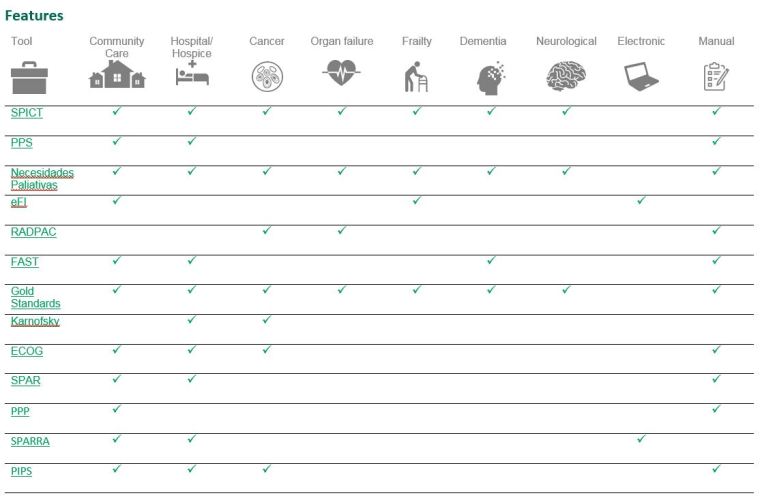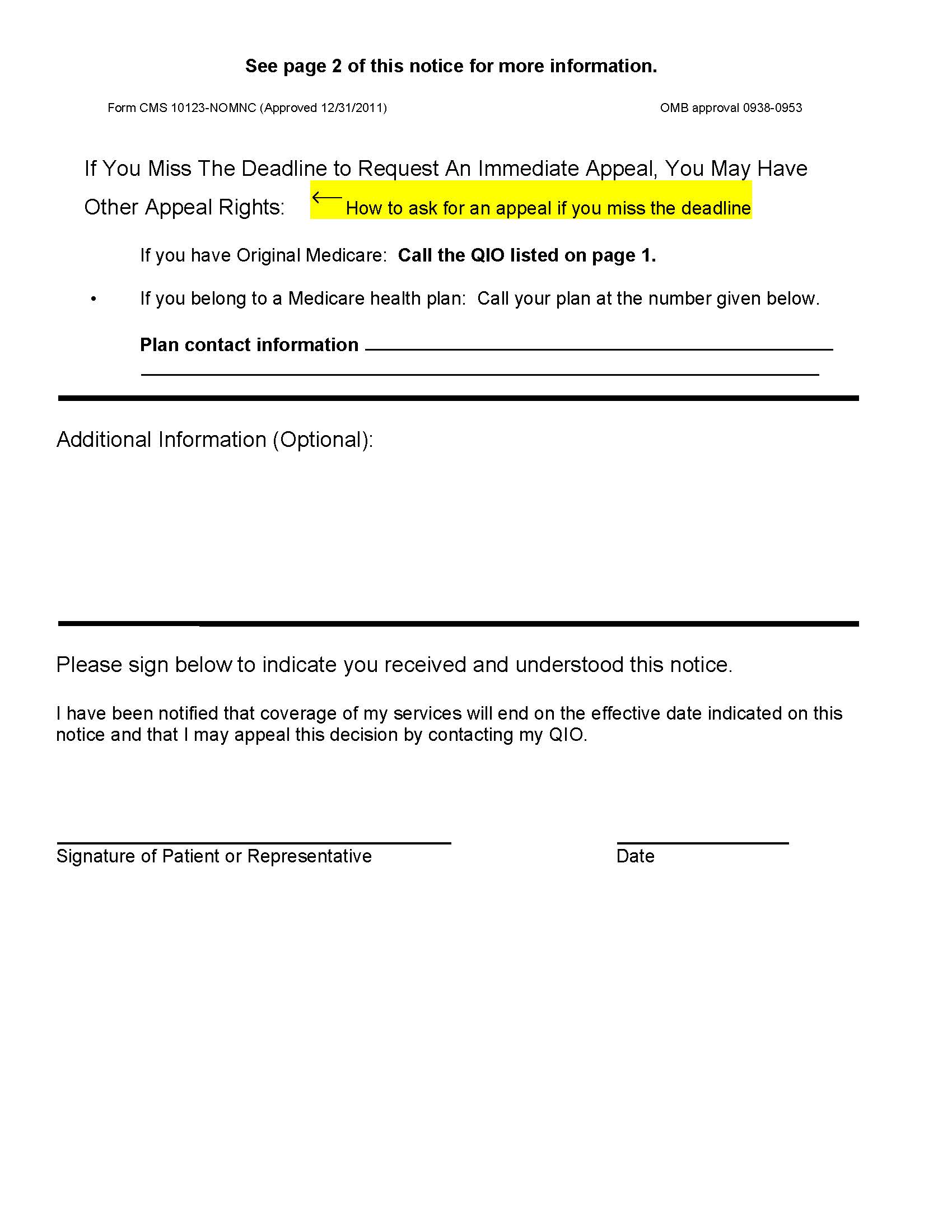
Palliative Care is often mistaken for hospice care. It provides emotional, spiritual, and physical support to patients and their loved ones. It is for patients with serious illness and helps to manage pain and other symptoms. Palliative services can be provided in many different settings. You can receive it in a hospital, skilled nursing facility, or at your home. Depending on the severity of the illness, it may also be used in conjunction with curative treatment.
Interdisciplinary palliative care teams are used to provide psychosocial and spiritual support for patients and families. These teams can include social workers, physicians, nurses, physiotherapists, occupational therapists, and physiotherapists. Family members and close friends may also be included.

The patient can receive palliative healthcare at any stage of life. It can start at the time of diagnosis or after the patient has finished receiving curative treatments. Symptom management is the main focus of palliative care, but the patient's family and friends also need to be included in the assessment. Palliative medicine is provided by a team that includes health professionals. These may include medications, nutritional modifications, and relaxation methods.
Palliative Care is an extension of primary healthcare. It involves coordination across care pathways including primary, specialty, tertiary. It also places emphasis on quality of care. A palliative Care team will assess the medical condition of a patient, provide basic nursing treatment, and manage symptoms and pain. Additional support can be provided by caregivers, such as emotional support, pain relief, and subcutaneous injections.
Palliative team members will listen to the patient’s concerns and needs, and also consider the family’s financial and emotional resources. The team will also look into whether the patient has provided advance directives to their doctor and, if so, how they are being respected. They might also be interested in reviewing the patient's financial standing and conflicts among primary caregivers. They might also have to decide when to end their care.
A patient might need to be admitted for intensive intravenous liquid therapy. However, hospitalization may not be the best option. The fluids can be delivered directly under the skin, if the patient lives at home. This will allow the patient to maintain kidney function as well as overall comfort. In addition, a Carer Supports Needs Assessment Tool can be used to help the patient and family members identify their specific needs. This tool can indicate that the patient or family needs additional support.

Emotional support is one of the most important aspects in palliative care. It is important that the patient's emotions are identified at every stage of treatment. The medical treatment will not be effective if the patient's family is not present. It may also cause the pain and other symptoms to be intensified.
FAQ
What should I know concerning vaccines
Vaccines can be very effective and safe ways to stay healthy. Vaccines work by protecting you against certain diseases. Vaccinations can be given at specific times throughout your childhood, adolescence, or adulthood. Your doctor will recommend when you should get vaccinated.
How can I be a creative healthcare professional?
You have many options to become a creative healthcare professional. Some people start as students and others work in different fields like engineering or business.
Some opt to study a course that focuses on a specific topic, such management, leadership or health policy. Some people choose to take electives that cover different views on health and healthcare.
No matter what pathway you choose, there are many ways to learn about topics in health and healthcare. These include readings, group discussions and assignments as well lectures. Workshops, conferences, seminars, and other events are also possible.
The program will equip you with the knowledge and skills you need to interact with clients, colleagues, or patients in any capacity within the health sector.
You might even get a doctorate.
What does the term "public" in public health mean?
Public Health refers to the preservation and enhancement of the health status of the community. Public health is the prevention of disease, injury, disability, promotion of good health, adequate nutrition, and control over communicable and environmental hazards as well behavioral risks.
What do you need to know about insurance for health?
Keep track if you have any health insurance. Make sure that you understand the plan and ask questions when you have doubts. Ask your provider to clarify it or call customer service.
When you use your insurance, remember to use the deductible on your plan. Your deductible determines how much you have to pay before insurance will cover the rest.
Who is responsible?
Public health is an issue that affects all levels of government. Local governments are responsible for roads, schools as well parks and recreation facilities. Laws and regulations regarding food safety and workplace safety are provided by the federal and state governments.
What should you know about immunizations
Immunization refers the process of activating an immune response in response to a vaccine. The body reacts to the vaccine by producing antibodies (immunoglobulins), which protect against infection.
Statistics
- About 14 percent of Americans have chronic kidney disease. (rasmussen.edu)
- Healthcare Occupations PRINTER-FRIENDLY Employment in healthcare occupations is projected to grow 16 percent from 2020 to 2030, much faster than the average for all occupations, adding about 2.6 million new jobs. (bls.gov)
- The healthcare sector is one of the largest and most complex in the U.S. economy, accounting for 18% of gross domestic product (GDP) in 2020.1 (investopedia.com)
- For instance, Chinese hospital charges tend toward 50% for drugs, another major percentage for equipment, and a small percentage for healthcare professional fees. (en.wikipedia.org)
- Over the first twenty-five years of this transformation, government contributions to healthcare expenditures have dropped from 36% to 15%, with the burden of managing this decrease falling largely on patients. (en.wikipedia.org)
External Links
How To
What is the Healthcare Industry Value Chain
The healthcare industry value chains include all the activities involved with providing healthcare services. This includes the business processes within hospitals and clinics and the supply chains that connect them to other providers such as physicians, nurses, pharmacists, insurance companies, manufacturers, wholesalers, and distributors. The end result is a continuum of care that begins with diagnosis and ends with discharge.
The value chain is composed of four main components:
-
Business Processes are the tasks carried out by employees throughout the entire health care delivery process. For example, a physician might perform an examination, prescribe medication, and then send a prescription to a pharmacy for dispensing. Each step must always be done quickly and accurately.
-
Supply Chains: All the organizations involved in making certain that the right supplies reach all the people at the appropriate time. An average hospital has many suppliers. These include pharmacies, lab testing facilities and imaging centers.
-
Networked Organizations - To coordinate these various entities, there must be some form of communication between the different parts of the system. Hospitals often have several departments. Each one has its own phone number and office. Every department will have a central point where employees can go for updates to ensure everyone knows what's happening.
-
Information Technology Systems - IT plays a critical role in business process efficiency. Without it, everything could go down quickly. IT is also a platform that allows for the integration of new technologies into the system. If doctors want to integrate electronic medical records in their workflow, they can use secure network connections.